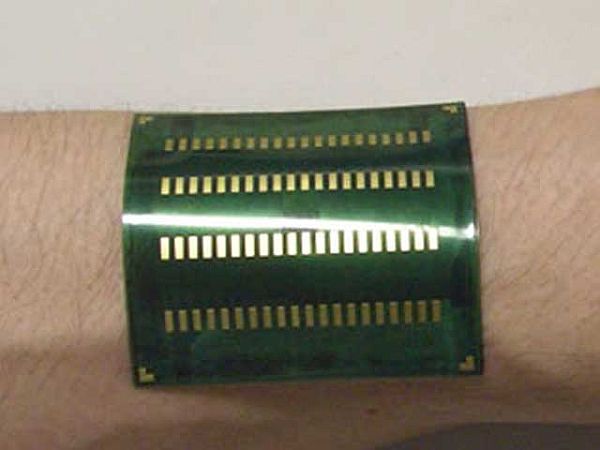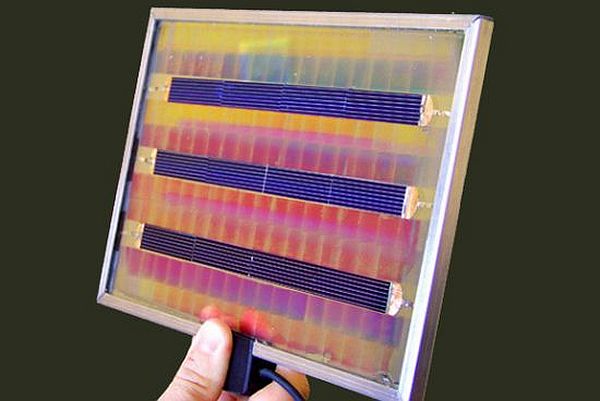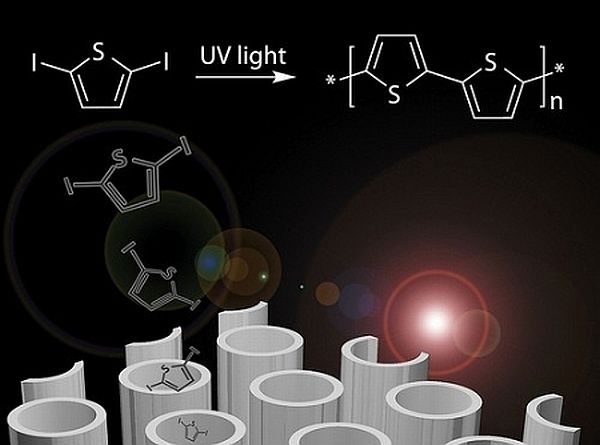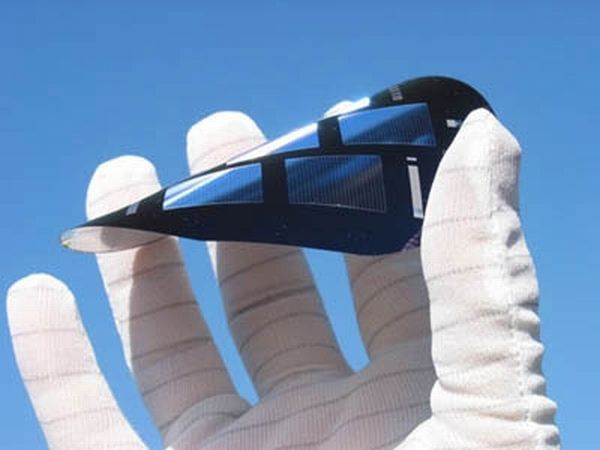The sun is a life-giving entity with an endless source of energy. If harnessed and released to its full potential, solar energy has the potential to solve all our power woes. It is increasingly being used to supplement conventional power sources as the cost of fossil fuel goes up. What is a problem, however, is the expensive cost of solar panels. Even if solar energy can be harnessed substantially, there is the problem of successfully converting it into high density energy to ensure uninterrupted power supply. To address the cost issue, hybrid photovoltaic panels are emerging as a possible solution. Here, the cells consist of inorganic materials like zinc oxide and conjugated polymers, of which the latter, also known as the donors, absorbs light and transports what are known as electron holes to the inorganic materials (the acceptors). The latter then transports the electrons which are converted into clean electricity.
Hybrid PVs have the advantage over their standard counterparts in that they’re cheaper and can also combine thermal and solar cell properties. They also don’t require that much space for installation unlike conventional solar energy systems. By using them, you get the best out of two worlds instead of investing in a separate solar thermal system.
Trends
a) Fujitsu’s solar cell harvest body heat as well

Fujitsu has developed a unique set of solar cells that may not require you to make use of batteries. Instead, your body’s bioelectricity may be enough to generate power. Called Matrix films, the hybrid PV panels can also harness energy from indoor lighting while using your body’s heat for additional power. Of course, we don’t know the extent of the Matrix’s capabilities but Fujitsu seems pretty confident that the organic cells will be able to function well. If they do become a success, future gadgetry will be able to operate using thermal and solar energy sourced from our bodies’ heat, the sun and artificial lighting.
b) Prism Solar develops hybrid solar module for more power at low cost

Prism Solar has developed what it calls the Holographic Planar Concentrator or HPC. The technology combines crystalline photovoltaics and a holographic thin film which allows the material to harness not just direct light but reflected light as well. This ability to absorb light from two directions enables the material to generate 30 percent more energy than conventional solar cells. Since the density of energy produced is greater, it is more cost effective in the long run and the space required to set it up doesn’t have to be as demanding as standard PVs.
c) Hybrid photovoltaic solar-thermal collector

Solimpeks Corp is a Turkish company that has created a Volther hybrid solar-thermal collector that can produce electricity and hot water. The dual-purpose technology makes use of a thermal collector and hybrid solar cells where the latter are cooled by water that flows about them. This in turn heats up the water, negating the need for a separate solar thermal system. Since it is two-in-one, the amount of space needed is reduced, cost is cut down and the system lasts longer as it mitigates heat.
d) Argonne’s Hybrid PV Cell

Argonne National Labs of the US Department of Energy has conceived of a technology that could increase the efficiency of hybrid PV panels ten-fold. Here, polymers are grown inside tubes containing semiconducting material. The polymerization is achieved by introducing polythiophene inside nanotubes made from titanium oxide. The scientists have claimed that their technology increases the efficiency of the panels compared to those made from premade polymers. If successful, then the cost of manufacturing these hybrid solar cells will be significantly cut down.
The benefits
a) The technology we have available now allows us to not only harvest sunlight but artificial lighting and body heat as well. This opens up avenues that didn’t exist decades ago and gives us a glimpse into the potentials of hybrid PVs.
b) The ability to absorb reflected light for conversion into power means that the use of expensive silicon is reduced, thus cutting down cost of production of hybrid solar cells.
c) The ability of some of these technologies to act as both an electricity generator and a thermal producer means that less space is required for installation, something that conventional PVs can’t really hope to achieve with current technology.
The lowdowns
Like all innovative technologies, hybrid solar panels present their own set of problems. Once carbon nanotube particles decay, they will need to be replaced so as cost-effective as hybrid PVs may be, there is still the replacement and maintenance charge to consider. Moreover, there is always the issue of leakage when it comes to liquid organic electrolytes.
The impact
Looking at the success of large-scale commercial projects like SolarWall PV/T in Beijing and Montreal, it appears that hybrid PV cells are fast emerging as the material of choice for harvesting solar energy. The low cost is what will move consumers the most as expensive conventional PVs deter the population from purchasing solar systems. The dual-purpose that hybrid PV cells serve will also help propel them into popularity in the near future.




